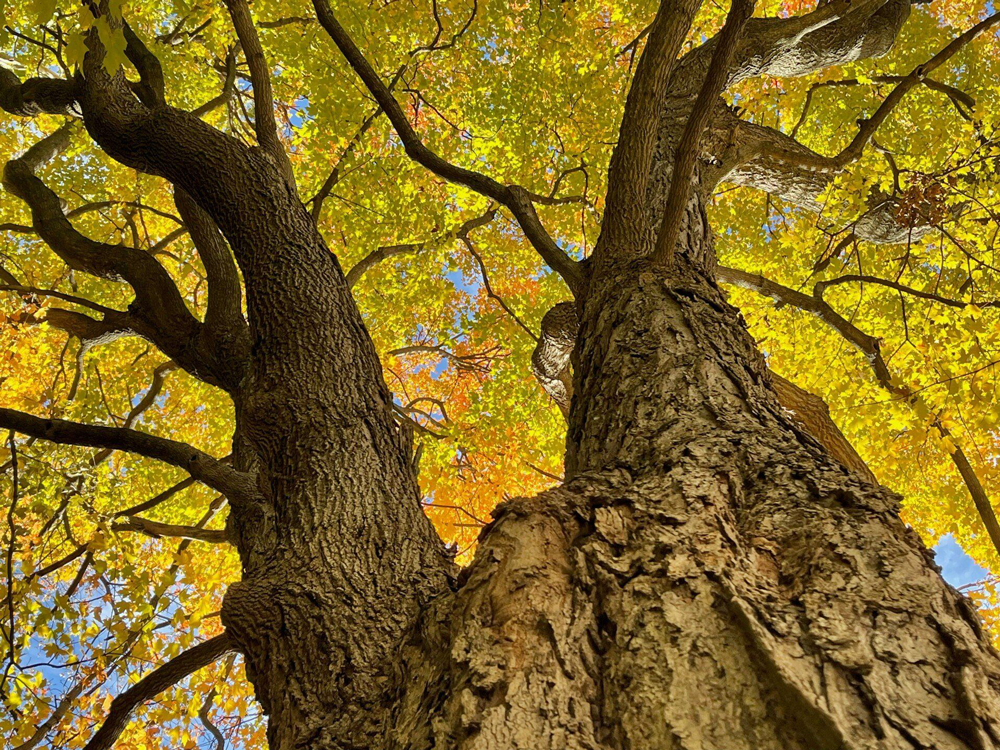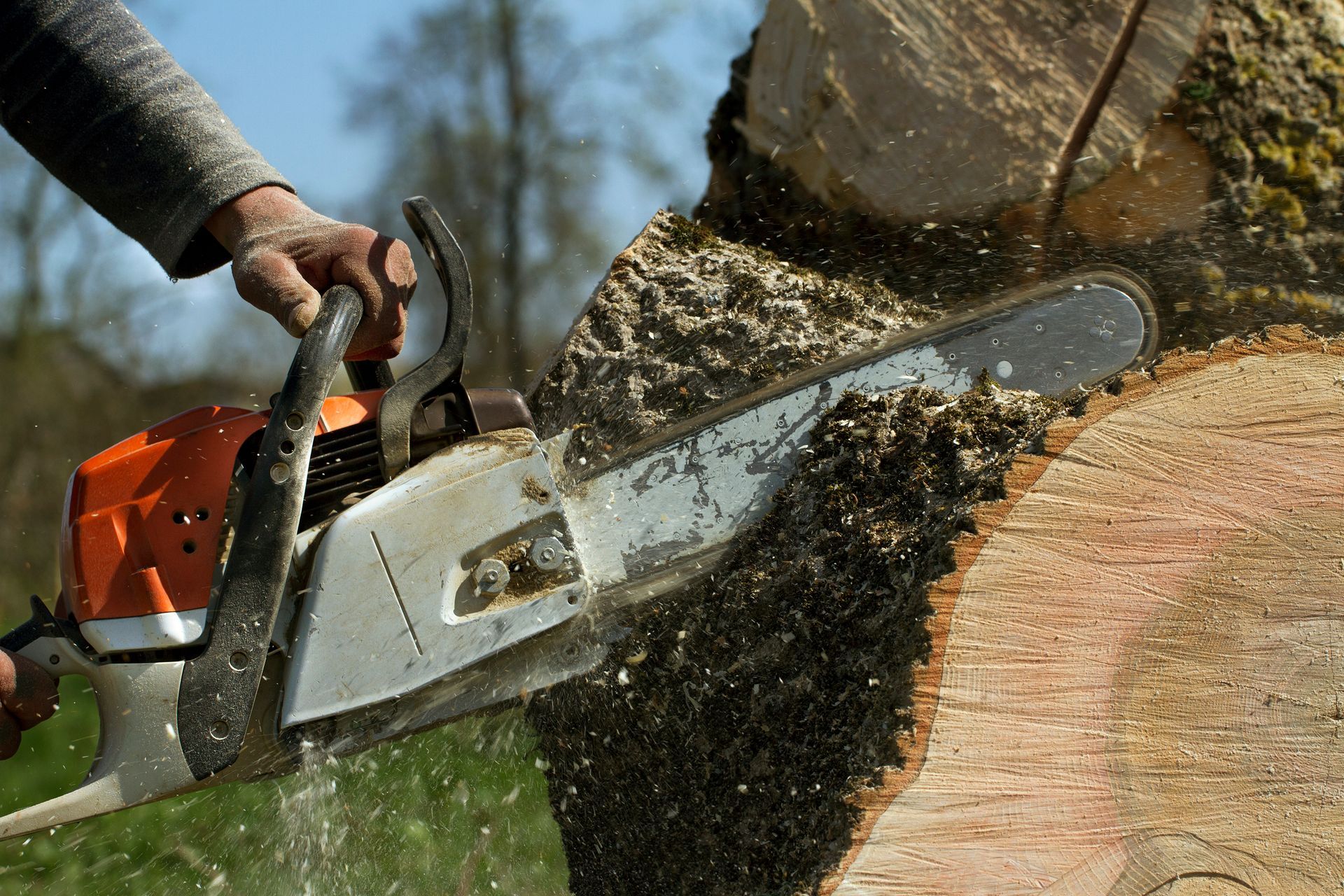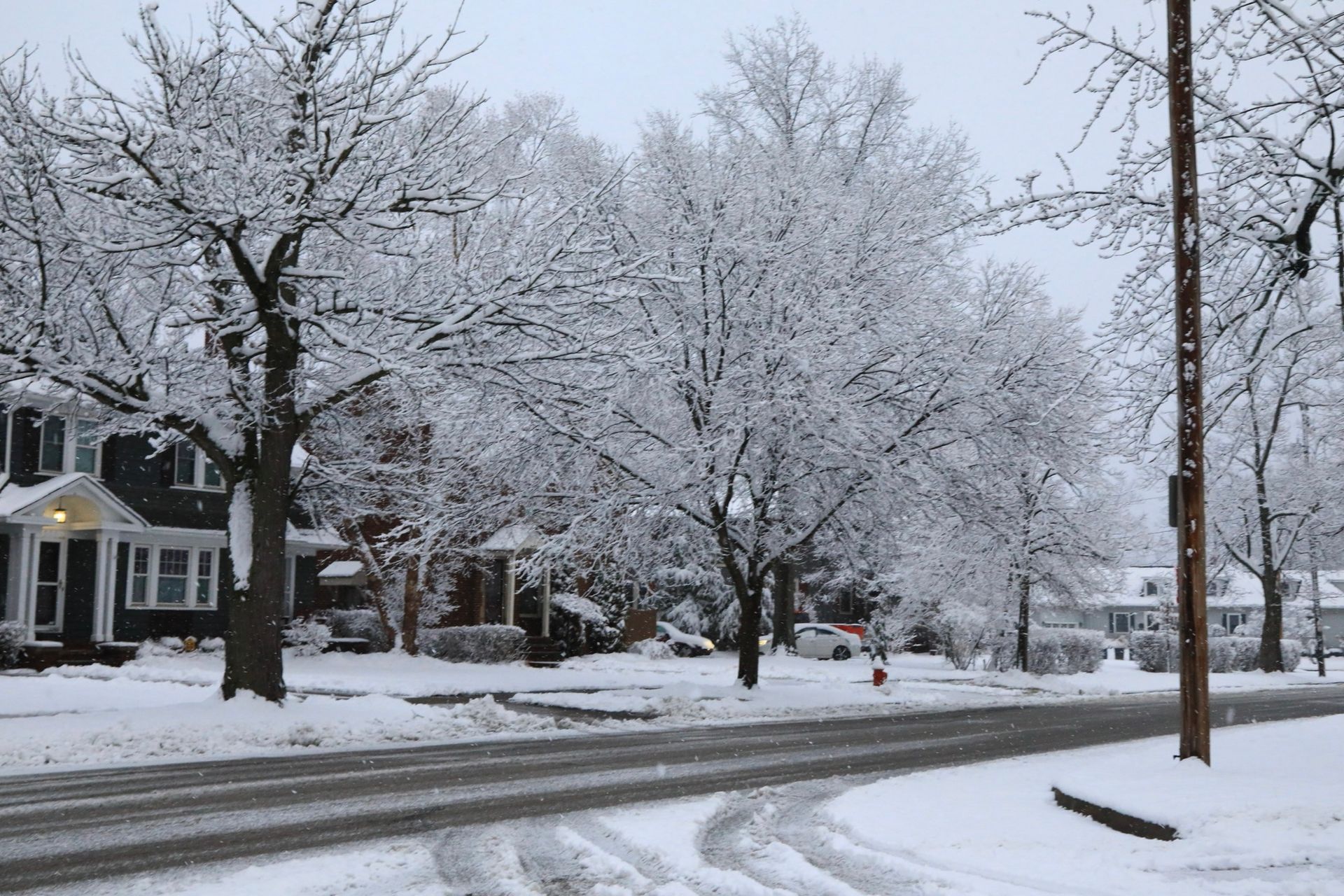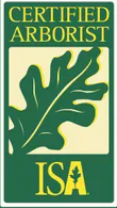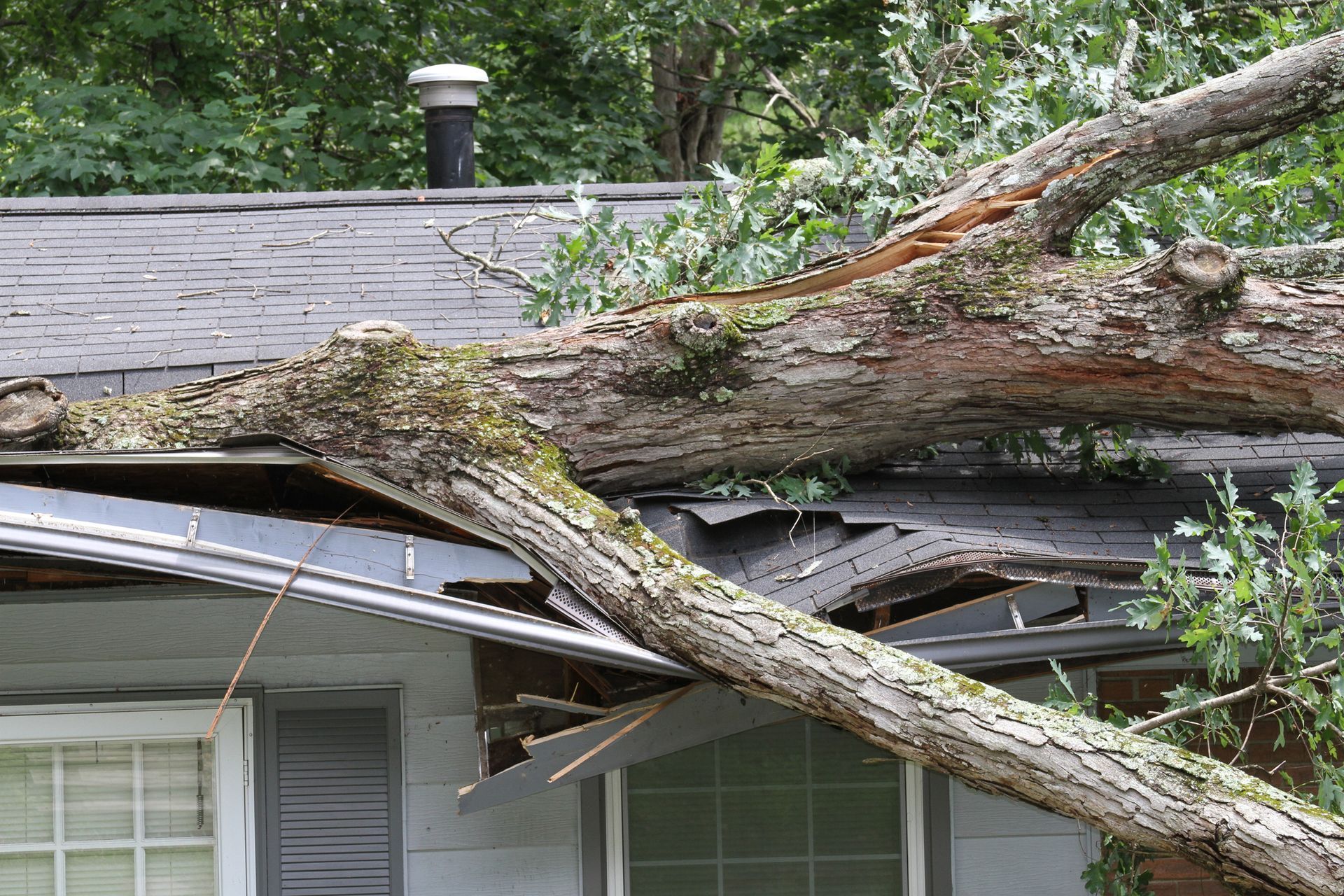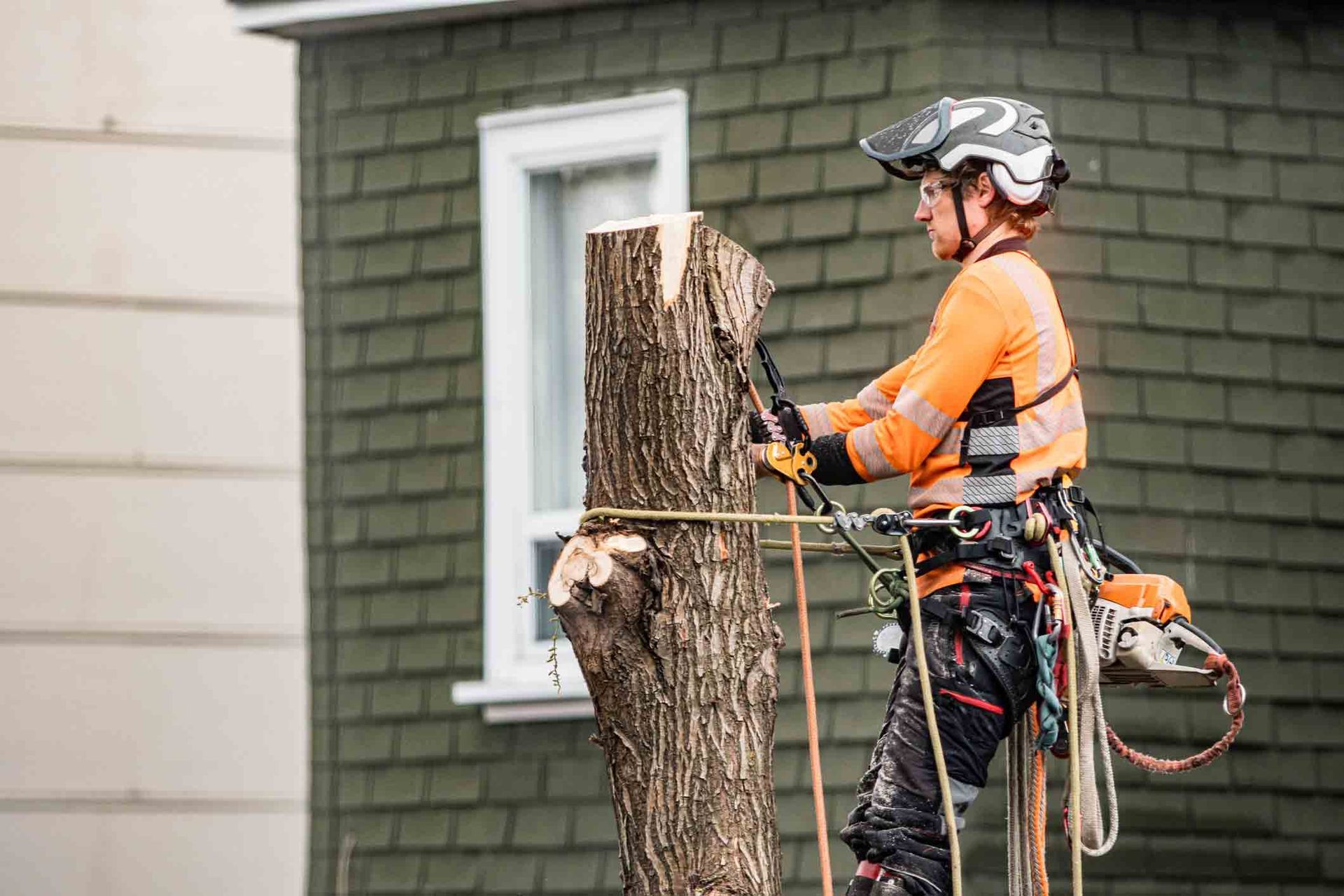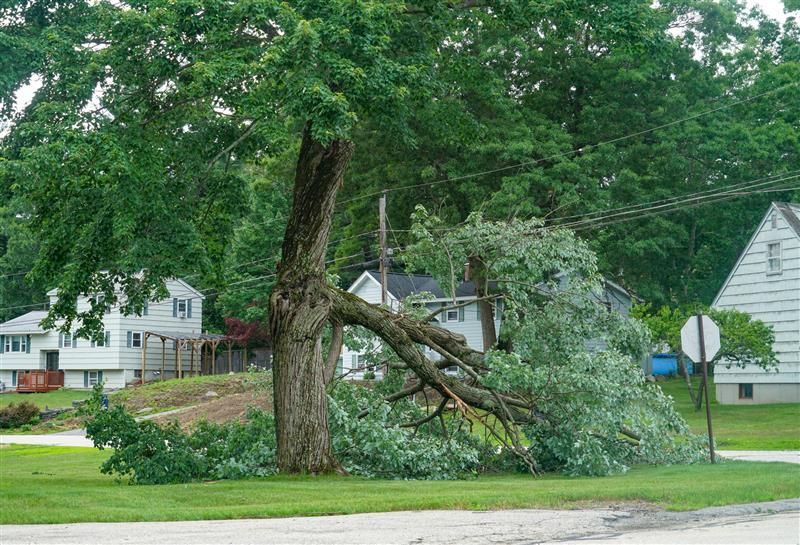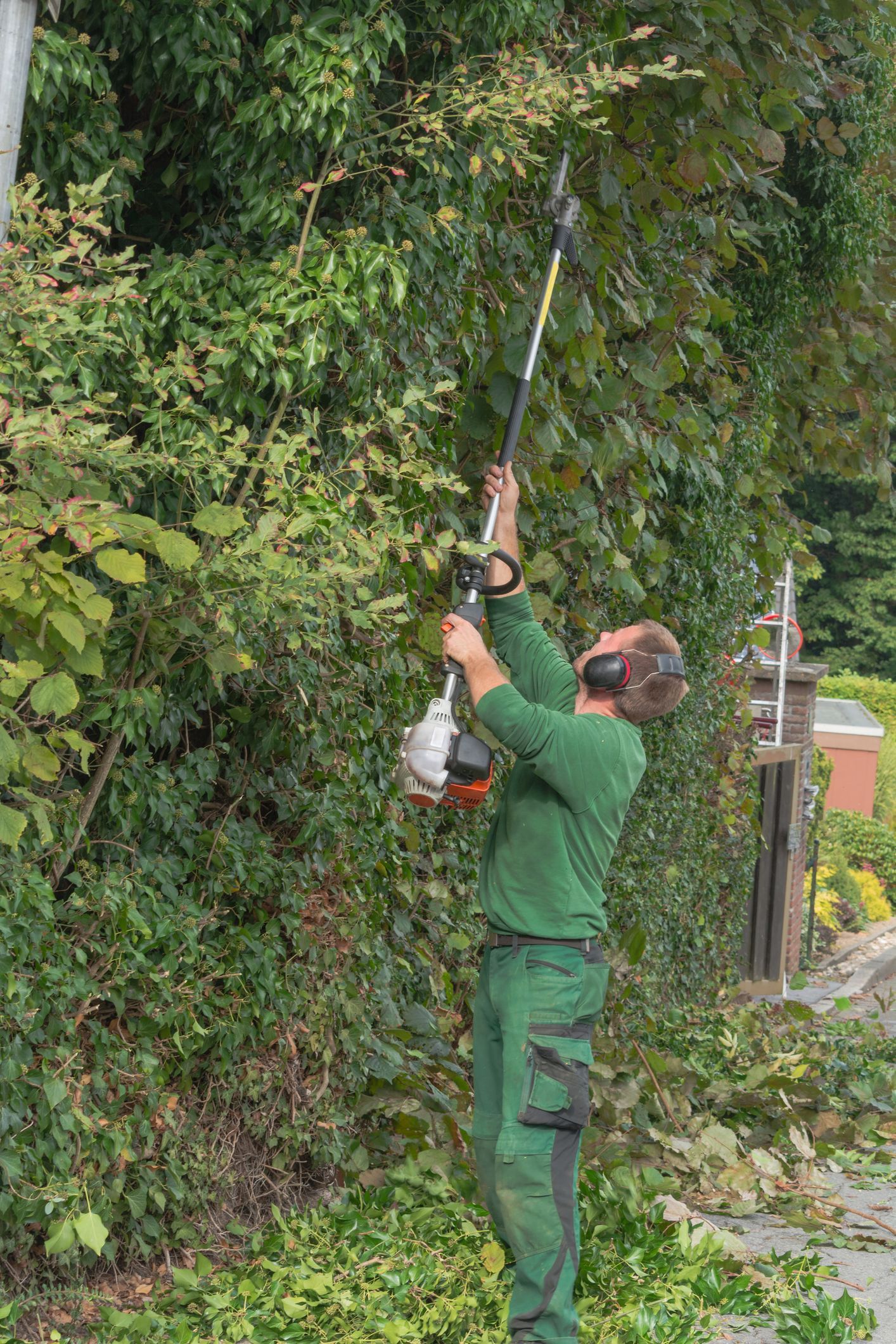Tree Diseases: 5 Common Types
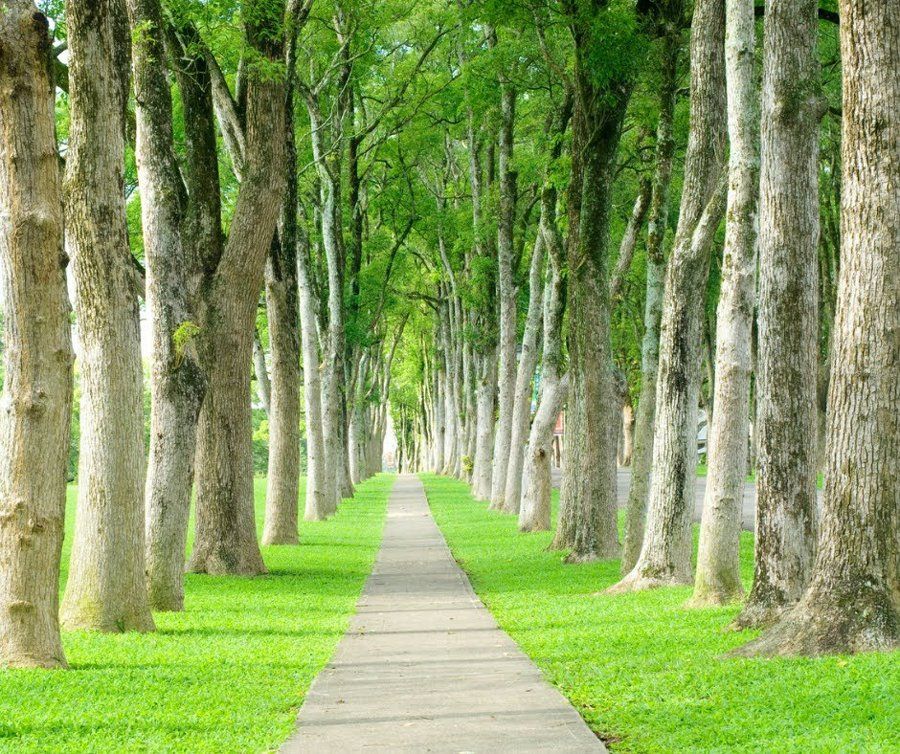
Trees, like animals, are susceptible to various diseases. Unlike animals, they cannot vocally express pain nor speak up about their predicament. Therefore, you have to spot and treat diseases before they undermine the structural integrity of your trees. A diseased tree is structurally weak and can cause damage during severe weather.
Learn the common types of tree diseases.
1. Apple Scab Disease
Apple scab disease is froma fungus that attacks and infects the leaves and fruits of a victim. Common victims of apple scab disease are apple, crab apple, pear, and mountain ash trees.
Early signs of apple scab disease are olive-green spots on the leaves that later turn black or dark brown. An infected fruit also has olive-green spots, which later turn to dark brown. Infected fruits turn corky and brown with time and are usually deformed. Infected fruits are unsuitable for consumption.
However, some varieties of victim trees are resistant to apple scab. Also, racking and safely disposing of leaves before winter limit future occurrences of the disease. Fungicides also prevent healthy trees fromcontracting the disease. Sadly, fungicides are useless on already infected trees.
2. Anthracnose Disease
Anthracnose disease is a rampant disease affecting trees and shrubs. Flowering dogwood and sycamore trees are common trees that anthracnose heavily affects. Anthracnose is a condition that manifests in several different tree species froma fungal attack on the flowers, fruits, leaves, and twigs.
Symptoms manifest uniquely depending on the tree species and the pathogen strain. Nonetheless, premature leaf shed and witch's broomon twigs, a shoot deformity that manifests as clustered shoots, indicate anthracnose.
A systemic injection or application of fungicide at the budding stage treats anthracnose in sycamore trees. Victim dogwoods receive treatment from fungicides at bud break and throughout the growing season.
3. Cedar-Apple Rust Disease
Cedar-apple rust disease is froma fungus dependent on two hosts to complete its life cycle. These hosts are cedar and apple trees - hence the name cedar- apple rust.
The cycle starts with cedar, where the fungus spends the first year awaiting the following spring. When spring comes, the fungus releases spores, which the wind transports to an apple or crab apple tree. The second host can be affected even when a mile away, depending on wind travel.
Bright yellow-orange spots on the leaves and fruit along with premature leaf shed and fruit drop are common signs of cedar-apple rust. Swollen fruiting bodies on stunted twigs may also happen. Treatment is fromseveral applications of fungicide in spring before a single symptom starts to show. Planting tree varieties resistant to cedar-apple rust is a cultural control.
4. Powdery Mildew Disease
Powdery mildew disease is characterized by white spots or patches with talcum powder on plant leaves. Powdery mildew is a common plant disease that is easy to distinguish. Powdery mildew is pronounced in plants with succulent tissue in warmand dry weather types. Powdery mildew of genus Microsphaea is the most common to infest trees.
Though many plants have mutated to resist powdery mildew, chemical treatment is still often the most effective treatment.
5. Canker Disease
Canker is a unique disease in that it weakens the structural integrity of the victim in the long run. Canker weakens the structural strength of trees to the extent of branches snapping off on their own.
Extended lesions of reddish tint characterize canker disease as canker attacks tree branches, trunks, and twigs.
The most effective solution against canker disease is planting native plant varieties resistant to the disease. Removing infected twigs and branches will contain the infection fromspreading. Pruning is good for dry conditions to prevent the spread.
Tree diseases compromise the aesthetic appeal of trees, so treat any disease with immediate effect. When you need disease treatment services,
Baumann Tree should be your first and only stop. Call today.
